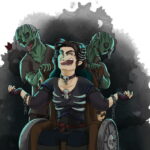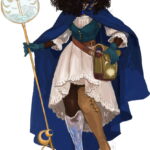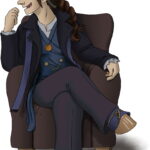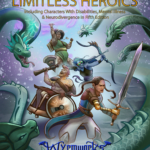Leg/Foot Paralysis & Numbness

You can neither feel nor move a foot (IE 1), a leg (IE 2), both feet (IE 3), or both legs (IE 4). In the case of 1 foot or leg, your speed on foot is halved, and you must use a cane or crutch to move without a mobility aid. You must succeed on a DC 10 + (IE) Dexterity saving throw to avoid falling prone after using the Dash action. You have a −(IE) penalty on Dexterity checks made to balance. In the case of two paralyzed feet or legs, you can use your hands to move one fourth your speed for a number of minutes equal to your Constitution score before needing to rest. You need to move frequently and protect your legs to avoid sores and injuries.
Real-world Examples
Cerebral Palsy, Hereditary Spastic Paraplegia, Friedreich’s Ataxia, Muscular Dystrophy, Amyotrophic Lateral Sclerosis, Parkinson’s Disease
Assistive Options
Leg braces and crutches can reduce the movement penalty by 1 IE, but they take 1 minute to put on and cannot be worn while sleeping. Wheelchairs and other mobility aids provide additional options.


